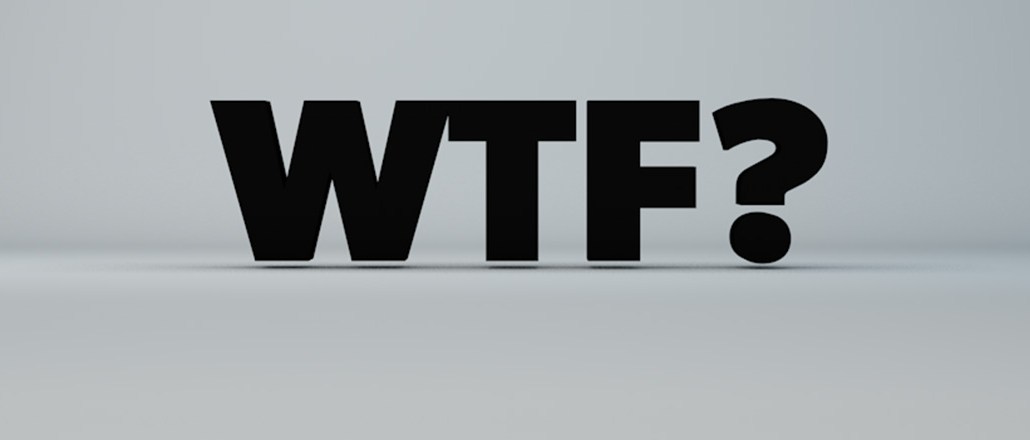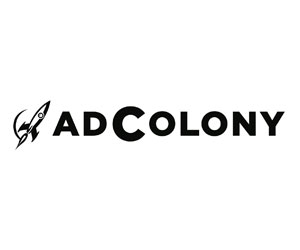Save 50% on a 3-month Digiday+ membership. Ends Dec 5.

This article is a WTF explainer, in which we break down media and marketing’s most confusing terms. More from the series →
 This is the second installment in the series “Video Upfront.” This series is sponsored by AdColony, a leading mobile video marketing platform whose proprietary Instant-Play™ technology serves razor sharp, full-screen video ads instantly in HD across its network of top iOS and Android apps.
This is the second installment in the series “Video Upfront.” This series is sponsored by AdColony, a leading mobile video marketing platform whose proprietary Instant-Play™ technology serves razor sharp, full-screen video ads instantly in HD across its network of top iOS and Android apps.
Digiday has set out to explain, in plain English, the gobbledygook of ad tech. We’re expanding the WTF series to other areas of digital media, starting with the NewFronts, which kick off later this month. First you’re hearing about it? Fear not.
Someone asked me if I was going to the NewFronts. WTF is that?
The NewFronts are the digital media world’s answer to the upfronts, the presentations networks make to media buyers of their slate of new shows for the upcoming season. They’re run by the Interactive Advertising Bureau and stretch nine days from April 28 to May 8 in New York City. This is the third year they’ve happened.
Who presents?
As of now, the IAB has officially blessed 20 companies with permission to participate in the extravaganza, ranging from agencies like DigitasLBi to Internet powerhouses like AOL and Hulu. Even magazines like Time and newspapers like The New York Times and The Wall Street Journal will be on hand. Last year, even Zynga did a presentation, despite not having video programming. Go figure.
Who picks participants?
To be anointed as an official NewFronts event, a company has to go through the IAB and the “founding partners” of the NewFronts — AOL, Google, Yahoo and three others. There’s a buyer committee that recommends candidates. And it’s not free: The IAB charges $25,000 for a presentation during the first week, then $12,500 for the following week.
What is going on here?
The skeptic would say, an unartful cash grab. Digital video is the one area of Internet advertising that’s drawing high rates. Advertisers love sight, sound and motion. So these Internet players want a piece of the TV pie. And the TV business is ruled by the the upfronts.
Ad position: web_incontent_pos1
The more optimistic view is this is digital publishers trying to appease, er, cater to the ways of TV ad buyers.
“The idea was to create an environment where TV buyers would feel comfortable and allow them to look at digital video and start spending that money,” said Paul Kontonis, svp of sales and strategy at Collective Digital Studio and a driving force in starting the NewFronts. “It was always meant to feel like the upfronts.”
Wait, back up. What are upfronts, again?
The technical answer is they’re a futures marketplace in which buyers and sellers transact ad deals for programming of the upcoming season. Less technical: They’re dog-and-pony shows that gin up ad dollars through a delicate balance of sizzle and steak. The networks have held upfront presentations since the earliest days of the medium. The presentations now are typically in late May, during TV’s “sweeps” period. They have evolved into star-studded events, some over-produced presentations and blow-out parties.
That sounds fun.
Yep. Just don’t drink too much and end up on Gawker. That’s a good way to get fired.
So it’s just a bunch of parties and celebrity selfies?
Not quite. The upfronts are a critical part of the TV-buying process. They generate excitement from media buyers that want in on the next “How I Met Your Mother.” What follows these presentations is a series of negotiating sessions that last year resulted in more than$9 billion of spending.
Ad position: web_incontent_pos2
It’s not done programmatically?
Um, no, it’s more efficient than that.
This sounds like an anachronistic ritual. I thought digital was supposed to change all that, with real-time bidding and sophisticated audience segmentation.
You’re not wrong. But markets typically have spot markets and futures markets. The upfronts are a classic futures market in that buyers get guaranteed delivery of a defined product at a set time.
OK, so the NewFronts are just like the upfronts only for Web video?
Ha, Internet publishers only wish. The problem with the NewFronts is the Web is not a scarcity medium. There is only so much primetime network programming. That’s what makes the TV upfronts go. The Internet doesn’t have that key dynamic. What’s more, much of the content that’s been done, at least to date, isn’t the must-have programming that drives media buyers into a frenzy and drives up rates.
So what’s the point?
Well, there’s a case to be made that the New Fronts raise the profile of original Web video content. This is still a young market, and it’s bound to grow very quickly. The New Fronts give the industry a spotlight. According to an IAB survey — and you have to figure it would find this — over two-thirds of media buyers who attended last year’s NewFronts found them “useful.” That doesn’t mean they’re huge revenue drivers though.
“It’s not the same thing as an upfront,” said Jason Krebs, head of sales at Maker Studios. “There are so many things about the businesses that are different. It’s too simplistic to say we’re selling shows and if you don’t, it’s a failure. It’s a coming-out party and a good opportunity to tell the marketplace what we’re doing.”
And there are still parties?
Yeah. YouTube had Snoop Dogg at its party last year. AOL gave away a Ford Mustang.
Advertisers must love this.
Well. Talk to many agencies, and they’ll say the hoopla is often overblown — and perhaps a bit desperate on the part of digital ad sellers beaten down by spiraling ad rates. Here’s the take of Irwin Gotlieb, CEO of GroupM, which controls the largest share of ad spending:
The upfront is a futures market. It exists primarily because scarcity drives it. There continues to be scarcity in broadcast TV. There is actually growing scarcity in cable. Is there a rationale for an upfront in the digital space? There is no scarcity.
Oh dear.
Yeah, but there will be parties, so drink up.
More in Media

What publishers are wishing for this holiday season: End AI scraping and determine AI-powered audience value
Publishers want a fair, structured, regulated AI environment and they also want to define what the next decade of audience metrics looks like.

Digiday+ Research Subscription Index 2025: Subscription strategies from Bloomberg, The New York Times, Vox and others
Digiday’s third annual Subscription Index examines and measures publishers’ subscription strategies to identify common approaches and key tactics among Bloomberg, The New York Times, Vox and others.

From lawsuits to lobbying: How publishers are fighting AI
We may be closing out 2025, but publishers aren’t retreating from the battle of AI search — some are escalating it, and they expect the fight to stretch deep into 2026.
Ad position: web_bfu